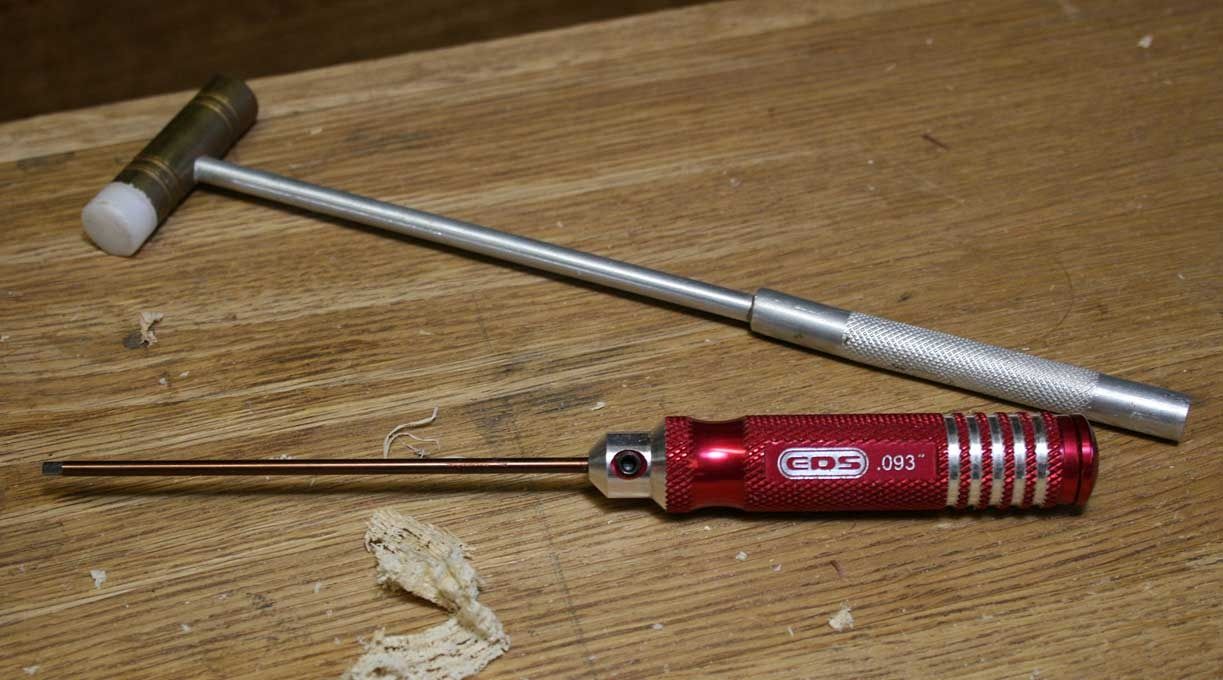Hi folks. I'm looking at fleshing out some of my BD plane collection, and plan on getting a 4.5 and 5/5.5 from either Veritas or Lie Nielsen. Does anyone here have any experience with all three line of planes (Veritas Custom, Veritas regular and LN)? If i'm getting a standard 45 degree frog angle, what is the benefit of a custom plane over a regular veritas BD? Is the plane heavier or built to more exacting standards, maybe to rival LN a bit better? I know that the mouth adjustments are easy, but regular veritas planes have pretty easy frog/mouth adjustments too. I also recognise the veritas has several innovations such as set screws that LN do not.
Performance wise, would you recommend a 4.5 veritas custom, veritas BD or a LN? And what about for a jack plane?




 Reply With Quote
Reply With Quote

 It's hard to believe that the LN is $100 to $150 better than the LV.
It's hard to believe that the LN is $100 to $150 better than the LV.


